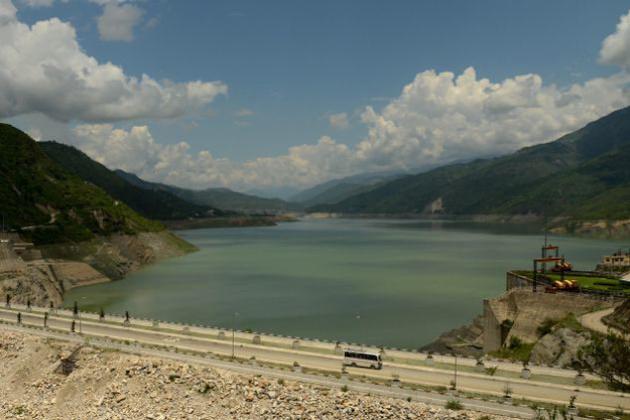 New Delhi, July 4;Even as the Uttarakhand floods bring to the fore the debate over strength of dams, there are over 4,500 such structures in the country which are operating without an “emergency action plan” (EAP) rendering huge area and property vulnerable to cascading effects of dam failure.
New Delhi, July 4;Even as the Uttarakhand floods bring to the fore the debate over strength of dams, there are over 4,500 such structures in the country which are operating without an “emergency action plan” (EAP) rendering huge area and property vulnerable to cascading effects of dam failure.
The Central Water Commission (CWC), which works under the Water Resources Ministry, had issued guidelines in May 2006 for development and implementation of the EAP for large dams in the State.
Till September 2011, only eight States (or merely 4.06 per cent) have prepared EAP for 192 large dams against 4,728 large dams in 29 States.
“Thus, non preparation of EAPs by the project authorities in respect of 96 per cent of large dams renders huge area and property left vulnerable to cascading affects of dam failure,” said a note circulated by Parliament’s Public Accounts Committee (PAC) to its member States.
The PAC is currently examining a CAG report on disaster management in the country.
In its performance audit report tabled in Parliament in April this year, the Comptroller and Auditor General said it has found that despite considerable progress in setting up institutions and creating funding arrangements, there are critical gaps in the preparedness level for various disasters.
The PAC note points that the Crisis Management Plan (CMP) of 2009 had identified CWC as the authority responsible for sending first information regarding flood forecasts. The Water Resources Ministry prepared its Ministry-level CMP in March 2011 to handle crises related to flood forecasting and dam failures.
According to the CMP, each State was required to establish a dam safety organisation (DSO) to address safety issues of large dams in the States.
Only 14 States had set up DSOs till July 2012.
According to International Commission on Large Dams (ICOLD) specifications, a large dam is classified as one with a maximum height of more than 15 metres from its deepest foundation to the crest.
A dam between 10 and 15 metres in height from its deepest foundation is also included in the classification of a large dam provided the length of crest of the dam is not less than 500 metres or capacity of the reservoir formed by the dam is not less than one million cubic metres.
The CAG report was critical of disaster management in the country. “The NDMA, which was conceived as the apex planning and supervising body, was found ineffective in its functioning in most of the core areas.
“It neither had information and control over the progress of work at the state level nor was it successful in implementation of various projects,” the CAG report said.
